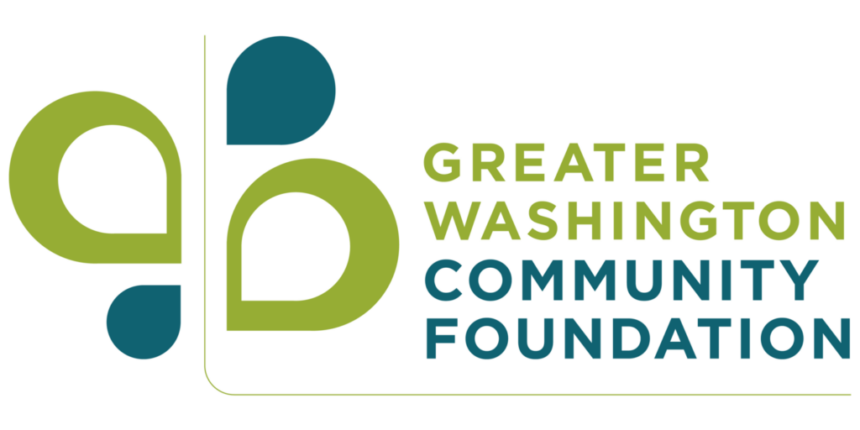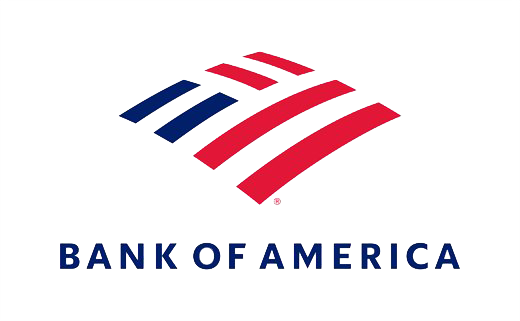COVID-19 Briefing: The Pandemic’s Impact on Food Systems & Security
The COVID-19 pandemic has disrupted food supply chains and household food budgets across the country. In this one-hour briefing, Radha Muthiah, President and CEO of the Capital Area Food Bank, describes the forces behind these disruptions, how her organization has responded, and what we can collectively do to help our food system and the families who depend on it. Margaret Rogers, co-head of Arabella’s Good Food practice and co-coordinator of Washington Regional Food Funders, draws on her experience leading the Farm to Fork Initiative to describe how good public policy can make our food system more resilient and equitable.
Watch the recording
Read the summary
Food insecurity in Greater Washington and the Capital Area Food Bank’s response
Going into the pandemic, the Capital Area Food Bank faced a huge challenge: surging demand and dwindling supply. Many people across our region have lost their jobs or seen their hours or wages cut, increasing the number of people in need of food assistance. People who typically rely on the food bank were also attempting to stock up for two weeks, just like most of the country, in case they fall ill and are unable to leave their homes. Keeping up with this demand has been especially difficult because many of the distribution centers the food bank typically relies on have been closed. Grocers have also had to cut back the amount of food they donate to the food bank by up to 75% to keep pace with demand in their own stores.
To continue to feed families in need, the Capital Area Food Bank had to be very nimble and make changes to their operations. They have been purchasing much more food than they typically do to supplement what is donated to them. They began packaging emergency food boxes which contain about 20 to 25 pounds of food and can feed a family of four for about 3-4 days, which allows them to more easily distribute food in a contactless manner. To date they have distributed about 18,000 boxes. They have set up pop-up distribution nodes in hard-to-reach areas where their typical distribution hubs are closed, and they have engaged taxi and rideshare (Lyft and Uber) drivers to help get food to seniors.
All of this was made possible by the ingenuity and dedication of the Capital Area Food Bank team, and because of the generosity of our community. The food bank would be unable to purchase enough food without contributions from area businesses and individuals, and they rely heavily on volunteers for packing and distribution.
Impacts to our food supply chain
The food supply chain has been dramatically disrupted by the pandemic. Many food producers have lost their customers because restaurants, hotels, schools, and other large buyers have closed. Some meat processing plants have shut down because their employees are sick with COVID-19. These factors have led to large quantities of food being dumped. Fortunately, this is likely a short-term problem. The supply chain will likely adjust and redirect more food to grocers as time goes on, and restaurants will eventually reopen. But in the short term, there will be significant financial losses for farmers and food producers.
Federal assistance to families & farmers
The Federal government has taken several steps to help struggling families. The CARES Act provided a $1200 stimulus check to most individuals, which is helpful in the short-term. The expanded unemployment benefits are very helpful for as long as they will last. Congress increased funding for the Supplemental Nutrition Assistance Program (SNAP) so that it can serve more people, but it has not increased the SNAP allowance per household.
The USDA announced the Coronavirus Food Assistance Program in mid-April. This program will provide $16 billion in direct relief to farmers and food producers. It will then work with national food distributors to direct produce, meat, and dairy to organizations providing food to families in need, like the Capital Area Food Bank. The distributors are currently bidding on the program and will be chosen by mid-May. The program is designed to keep farmers and food producers in business while directing food to those who need it.
Lessons learned for the future
This crisis has exposed vulnerabilities in our food system. Both Margaret and Radha expressed a desire to see the United States learn from this experience so that we can be more resilient in the next crisis. Margaret believes that we need to invest in regional food systems rather than rely so heavily on consolidated mass-producers. This would shorten the food supply chain and reduce risks. Radha pointed out that the USDA should move faster in relaxing guidelines in future crises so that organizations like the Capital Area Food Bank can be nimbler in how they respond to shifting community needs. She also suggested that leaders across the region have clearer, predefined procedures for responding to an emergency so that the network of stakeholders involved can act more quickly.
Become a member today
We need your voice at the table to make Greater Washington a place where everyone can succeed



















